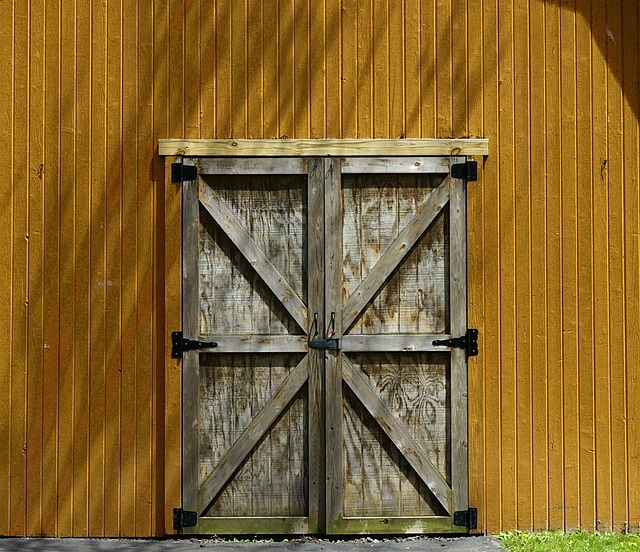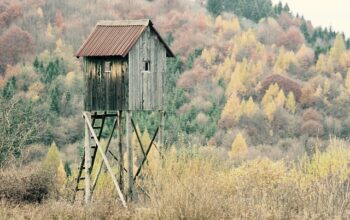When choosing an outdoor portable building, define your needs, consider climate, and select materials for durability. Treated wood, metal, plastic, and hybrids offer varying advantages based on region and environment. Prioritize longevity, customization, and low maintenance when selecting the best fit for gardening, pool supplies, or workshops.
In today’s world, outdoor storage solutions are essential for homes and businesses alike. When it comes to durable outdoor storage buildings, understanding your specific needs is crucial. This guide explores the best materials for long-lasting structures, from traditional wood and metal combinations to innovative plastic options. We’ll delve into material choices tailored to diverse climates, ensuring your outdoor portable buildings withstand the elements. Discover expert insights on selecting the ideal materials to create robust and sustainable storage spaces.
- Understanding the Needs for Outdoor Storage Buildings
- Material Options for Longevity and Durability
- Benefits of Using Plastic for Portable Structures
- Traditional yet Strong: Wood and Metal Combinations
- Choosing the Right Materials for Your Climate and Environment
Understanding the Needs for Outdoor Storage Buildings
When considering outdoor storage buildings, understanding your specific needs is crucial. These structures serve diverse purposes, from housing gardening equipment and outdoor toys to storing pool supplies or even serving as a workshop. The ideal choice should be tailored to factors like size, climate exposure, and intended use. Outdoor portable buildings, for instance, offer flexibility by being easily relocatable and customizable, catering to those with changing storage demands.
Whether you’re looking for a sturdy shed for tools or a spacious garage for vehicles, material selection is key to durability. The right materials can withstand varying weather conditions, pests, and potential wear and tear, ensuring your outdoor building remains in top condition for years.
Material Options for Longevity and Durability
When it comes to choosing materials for outdoor portable buildings, longevity and durability should be at the forefront of your decision-making process. The right material can ensure your storage structure withstands the test of time, even under harsh weather conditions. Opting for robust options like treated wood or metal offers superior protection against rot, mold, and corrosion.
Treated wood is a popular choice due to its affordability and natural resistance to insects and decay. Modern treatments enhance its durability, making it suitable for outdoor use without compromising aesthetics. Alternatively, metal buildings provide exceptional strength and resistance to elements, ensuring they remain sturdy over the years. Steel or aluminum frames are commonly used, offering a long-lasting solution that requires minimal maintenance.
Benefits of Using Plastic for Portable Structures
Using plastic for outdoor portable buildings offers numerous benefits, especially in terms of durability and low maintenance. One of the key advantages is its resistance to rot, rust, and other forms of corrosion, making it an ideal choice for structures that need to withstand varying weather conditions. Plastic materials are also highly versatile, allowing for easy customization to fit specific needs and space constraints. Furthermore, plastic outdoor buildings are lightweight, making them easier to transport, install, and relocate as required, which is particularly beneficial for portable structures.
Another advantage of plastic is its longevity. With proper care, plastic buildings can last for many years without significant deterioration, providing cost-effective solutions for temporary or semi-permanent storage needs. They also offer excellent insulation properties, keeping contents safe from extreme temperatures and moisture. Moreover, some modern plastics are designed to be eco-friendly, using recycled materials that reduce environmental impact while still ensuring high performance and durability.
Traditional yet Strong: Wood and Metal Combinations
In the realm of outdoor portable buildings, wood and metal combinations stand out as a traditional yet robust option. This hybrid approach leverages the natural strength and aesthetic appeal of wood while incorporating the durability and longevity of metal. Such structures are ideal for storing a variety of items, from gardening equipment to outdoor furniture, offering both functionality and style.
The synergy between wood and metal creates a durable framework that can withstand harsh weather conditions. Metal components provide structural integrity, preventing warping or rot often associated with pure wooden constructs. Meanwhile, wood adds warmth and visual appeal, making these buildings an attractive addition to any outdoor space. This combination ensures that your outdoor storage building not only looks great but also provides reliable protection for your belongings.
Choosing the Right Materials for Your Climate and Environment
When selecting materials for outdoor portable buildings, understanding your climate and environment is paramount. Different regions present unique challenges that require specific material choices to ensure durability and longevity. For instance, if you live in a humid area, materials like treated wood or vinyl are ideal as they resist rot and mold better than untreated options. In contrast, areas with frequent snowfall might favor structures made from steel or aluminum, which offer superior resistance to rust and can withstand heavy loads.
Additionally, considering the local wildlife is crucial. In regions with high pest activity, opt for materials that provide effective barriers against insects and rodents. Treated wood, metal, and certain types of plastic are known for their pest-resistant properties, ensuring your outdoor storage building remains secure and intact.




